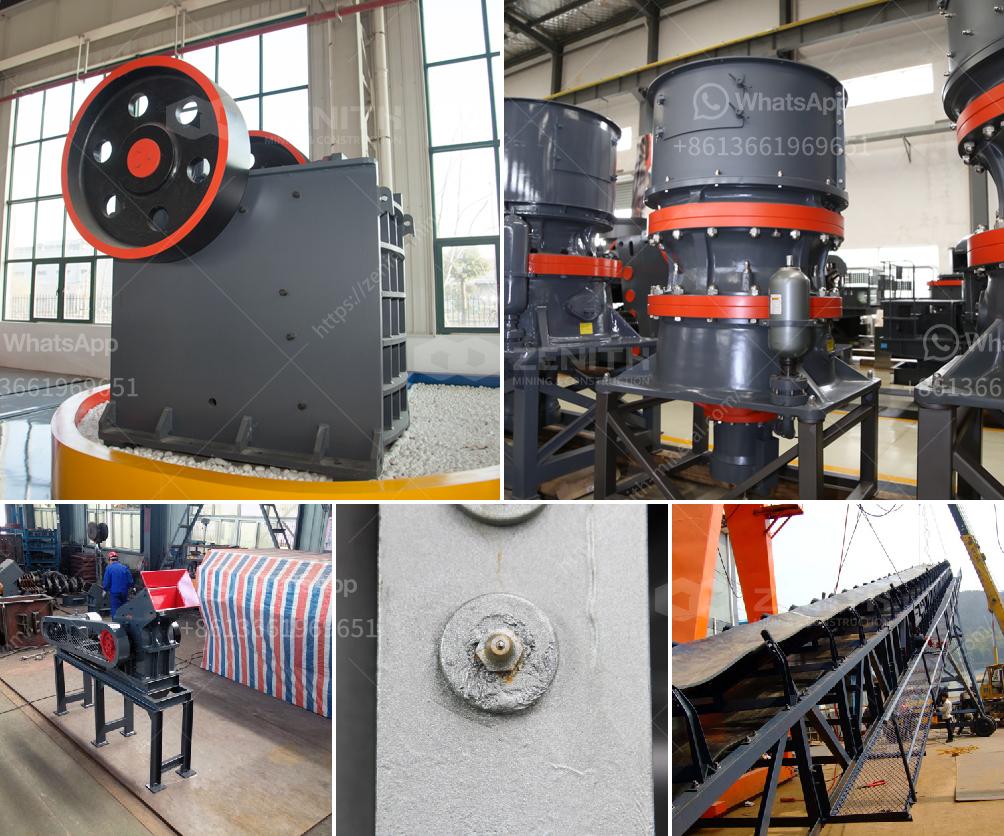Increasing the throughput capacity of a ball mill can often be achieved through a combination of operational changes and equipment modifications. Here are several strategies to consider:
Optimize Ball Charge and Size Distribution: Adjusting the size and quantity of the balls in the mill can help improve grinding efficiency. Using a mix of small and large balls can enhance the grinding action.
Increase Feed Rate: Gradually increasing the feed rate can help identify the mill's maximum capacity. Monitor the mill's load and avoid overloading.
Enhance Classification Efficiency: Upgrading or optimizing the mill's classification system (like hydrocyclones or screens) ensures that only properly sized material exits the mill, improving overall efficiency.
Improve Liner Design: Optimizing the design and material of the liners can enhance the grinding action and protect the mill shell, thus improving capacity.
Adjust Grinding Media: Using high-density grinding media can improve the energy transfer efficacy, enhancing grind efficiency.
Upgrade Mill Ventilation: Improving the airflow through the mill can help to decrease the temperature build-up and remove fine materials more effectively.
Utilize Wet Milling: If possible, switching from dry to wet milling can enhance throughput because wet milling often allows for finer grinding.
Implement Mill Control Systems: Automated control systems and real-time monitoring can optimize mill performance, adjusting parameters for peak efficiency.
Maintain Regular Maintenance: Ensuring that the mill is well-maintained, with regular inspections and prompt repairs, can prevent downtime and maintain optimal performance.
Feed Characteristics: Ensuring that the feed material is uniform and pre-crushed to a size that the mill can handle efficiently.
By combining these strategies thoughtfully, you can substantially increase the throughput capacity of a ball mill, leading to higher production rates and improved operational efficiency.
